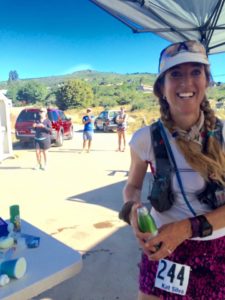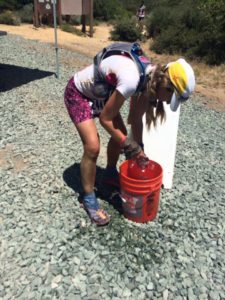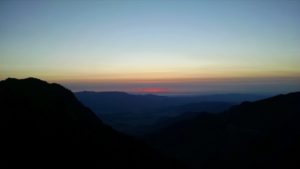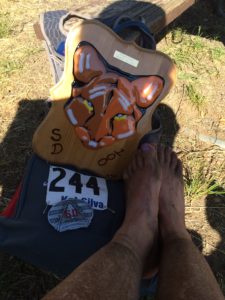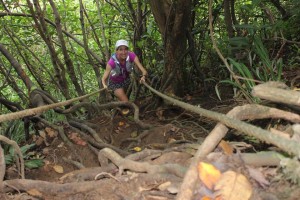
I used to think I did not need professional help to work out my emotional or existential issues. I don’t believe that anymore, especially not after the last election. Like most people I know, I obsess and worry and fret, mostly over things that are not going to change, at least not because I worry about them. Even worse, I then worry about how worrying makes me waste precious moments of life, which is already too short anyway, etc. etc. I end up trapped in this vicious cycle of anxiety like in a spinning hamster wheel, sometimes to the point of waking up in the small hours, worried about the future of humanity, or about something less monumental, like toenail fungus. I used to think I could cope with all these issues, through a strategy of hoping they would go away on their own and self-medicating with chocolate and wine when they would not.
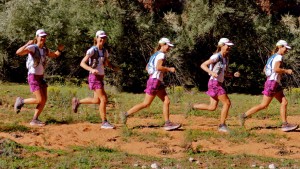
I have long since learned that it’s ok to ask for help with solving life’s problems. Like toenail fungus, most of them won’t go away on their own, no matter how much I try to ignore them. I have learned that it takes courage to face my worries and my demons like a grown-up. So, like many of my now middle-aged friends, I have found a great therapist whom I meet on a regular basis. For the last decade, she has helped me unpack my emotional baggage. She can deal with anything and everything that bothers me, from work-related stress, marital disagreements, and midlife crises to election anxiety, or a sudden proliferation of crow’s feet. In short, she has made a huge difference in my life and my happiness level. I highly recommend her, but realize she’s not everyone’s idea of the ideal mental health professional.
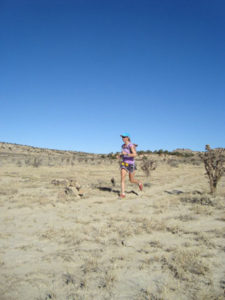
If you decide to give her a try, it won’t be difficult to see her. She always takes new patients, and her schedule is pretty flexible. She gives me appointments whenever I can fit them into my schedule, sometimes on very short notice. She doesn’t even mind when I show up late, and she always lets me stay longer if I want to. I often want to, and I sometimes stay much longer than anticipated.
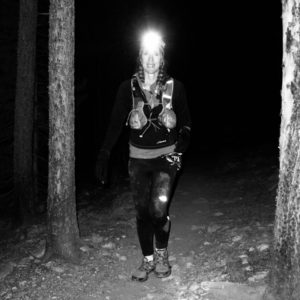
You should know that her flexibility has its limits. It is more difficult to get appointments with her after dark, or during snow storms. It’s not impossible. It just takes more planning, like stashing a headlamp and a set of microspikes in your car. The only thing my therapist will not do is a home visit. You have to go see her, not the other way around.
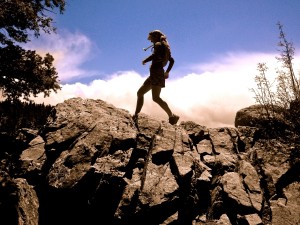
Also, she’s a good deal money-wise, at least to a point. Compared to the therapists some of my friends unburden their souls to, mine is pretty inexpensive. Not free, but also not astronomical. In spite of her sensible prices, her office is tastefully, even extravagantly appointed, with color schemes and flower arrangements changing so often it never gets boring to hang out there. One word of caution before you rush to book your first appointment: while her basic treatment plan does not cost much, she will try to sell you extravagant add-ons, like intensive multi-day group retreats in beautiful places. She will use sneaky social-media-based marketing strategies for this purpose, so watch your wallet.
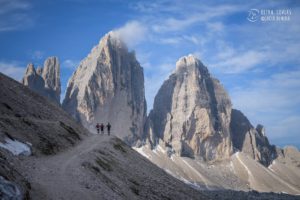
My therapist is so popular because her patience seems endless. She lets me work through my problems at my own pace. She never judges, never criticizes. But listening is only part of the program. Mt therapist does not just prescribe antidepressants. No, she feeds them to me during our sessions, in generous doses. These amazing meds have no side effects, other than, sometimes, sore quads the next day. But she does not hand them out the moment her patients walk in. Usually, it takes at least 45 minutes of intense therapy before it’s medication time, but the effect is worth the wait.

I know what you’re thinking, and you are right. This stuff might be addictive, but honestly, I don’t care because it makes me feel so . . . happy. So serene. So at peace with the state of the world. So intensely alive. You get the idea.
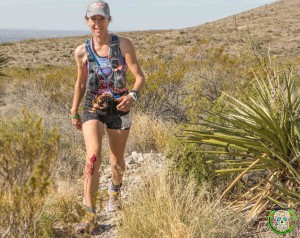
Photo courtesy of Myke Hermsmeyer (mykejh.com)
Don’t get me wrong: seeing my therapist is not always easy or fun. There are times when my therapist gets demanding. Sometimes, she gets tough with me. She can make me suffer, like when she literally brings me to my knees. Some of her methods are, to say the least, unorthodox. They include oxygen deprivation, exposure to extreme temperature changes, induced hallucinations, and a kind of mindfulness training with shock-type negative reinforcement that results in bleeding, or in other forms of physical pain.

Some would call her approach abusive. But to be fair, I can abuse her right back, at least verbally. She does not seem to mind at all when I curse or insult her.
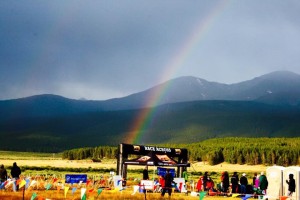
Ok, ok, I can tell you’re not convinced. This comes across like my therapist needs to see a therapist. Like she’s a borderline mental case herself. Let me assure you, she is not out to hurt me, though my family and my old friends have expressed concern about my relationship with her. They call it inappropriate and obsessive. They accuse her of encouraging my OCD tendencies, along with my antisocial side. It’s true that I spend way too much time in therapy. I also admit that I sign up for way too many of those expensive weekend retreats I mentioned earlier. Yes, I see less of my friends and more of my therapist than I used to, especially when the days are long and the weather is warm and sunny. But I’ve also made many new friends who, by coincidence, see the same therapist. I don’t think my old friends have anything to worry about, though they accuse me of being in denial when I try to reassure them. But the good thing is, because of all that therapy, I worry much less about trivial stuff, like what other people think of me.
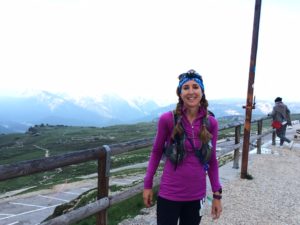
It’s a good time to be alive and running, for therapeutic reasons, or for any reason.
Katrin
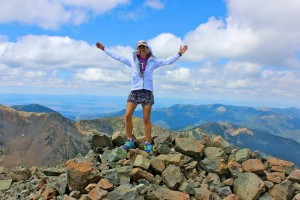
PS I would like to thank the TAUR member who posted a lovely photo of a forest trail, with the caption “I went to see my therapist today” some time ago. Your post inspired mine, and you deserve most of the credit.
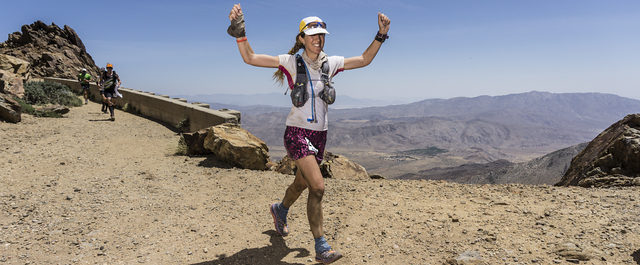
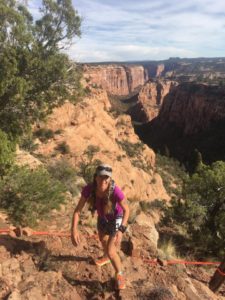
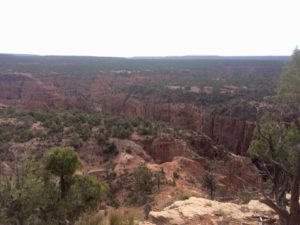
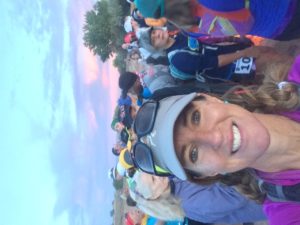
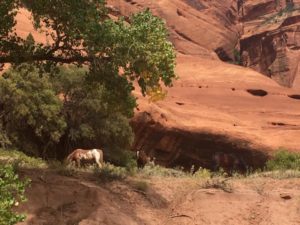

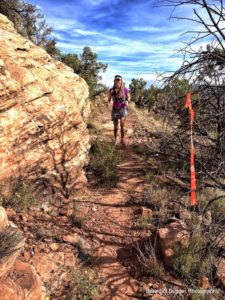
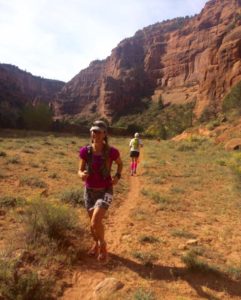
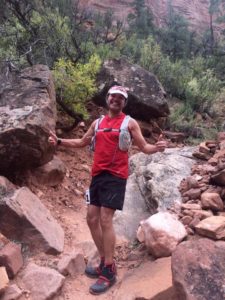

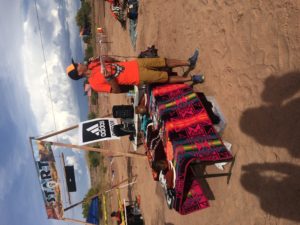


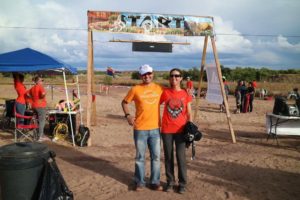
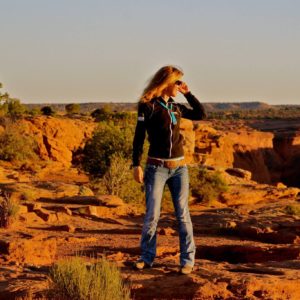

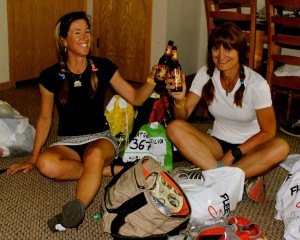
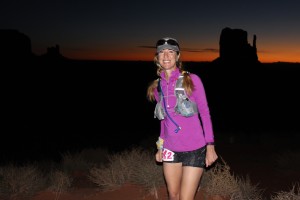

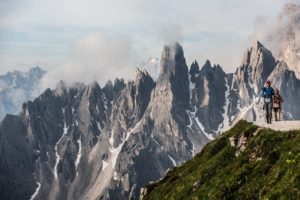
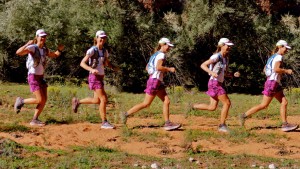
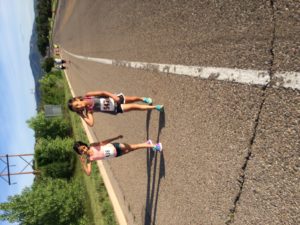
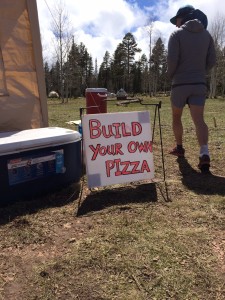
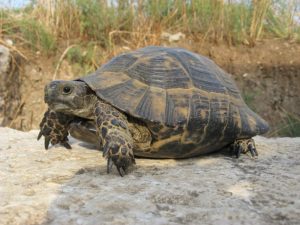
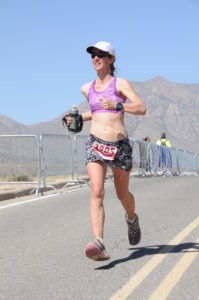
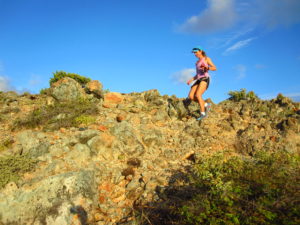



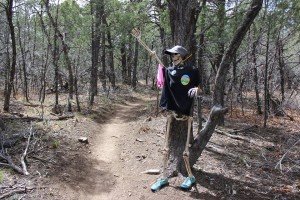
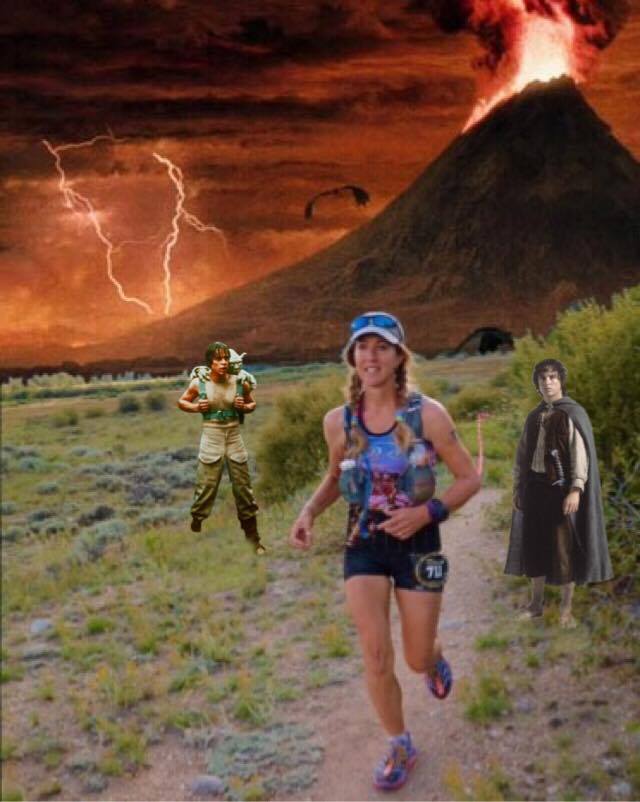 On the third weekend of August, I run the Leadville 100. I’ve done it every year since 2012, and will keep doing it until I’m too old and feeble to run. Other races come and go, but Leadville remains, a steady beacon in the chaos of my life. Why do I feel its magnetic force every year? Why, after four starts and three finishes, does this race continue to intrigue me?
On the third weekend of August, I run the Leadville 100. I’ve done it every year since 2012, and will keep doing it until I’m too old and feeble to run. Other races come and go, but Leadville remains, a steady beacon in the chaos of my life. Why do I feel its magnetic force every year? Why, after four starts and three finishes, does this race continue to intrigue me?

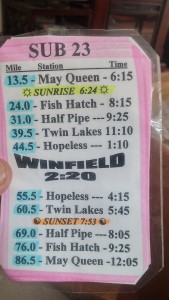
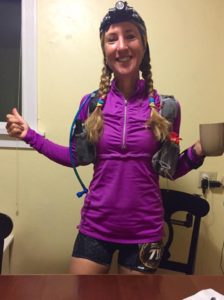
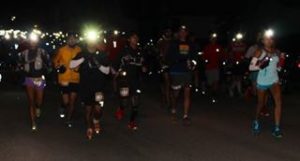
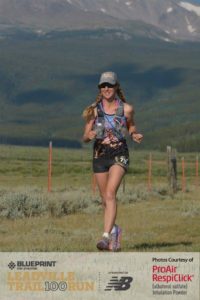
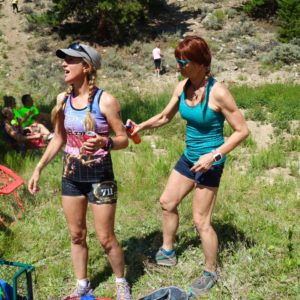
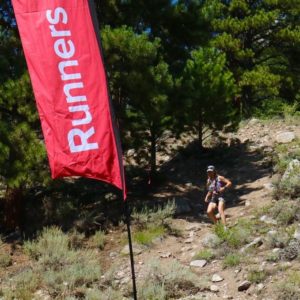
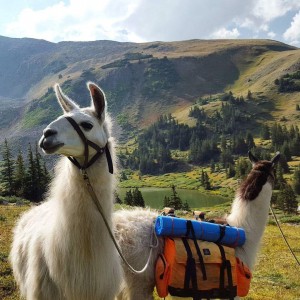
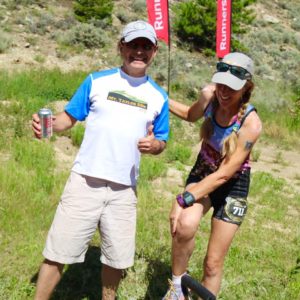
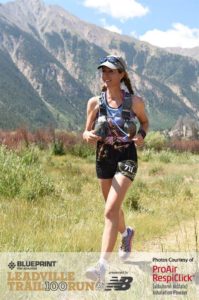
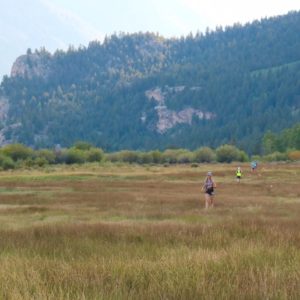
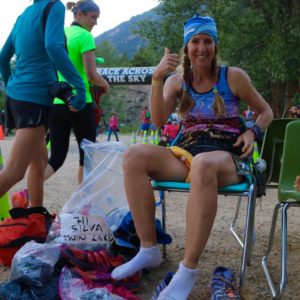
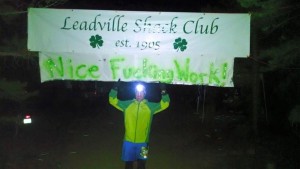
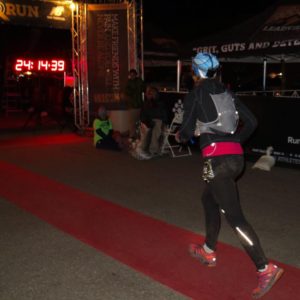
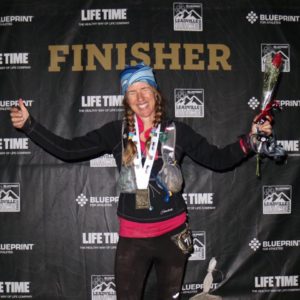
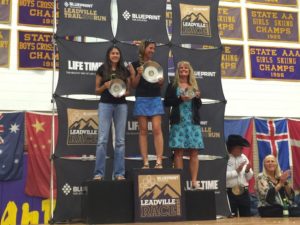
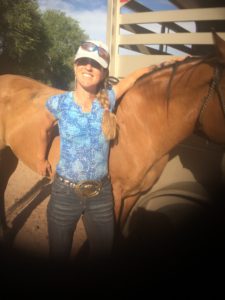
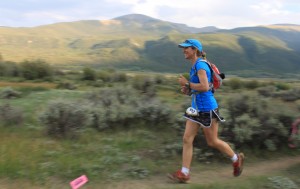
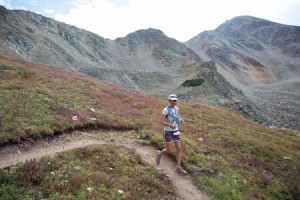

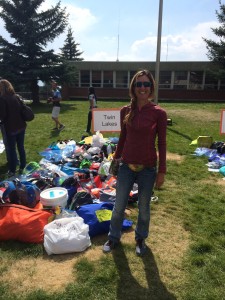
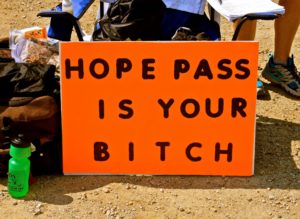
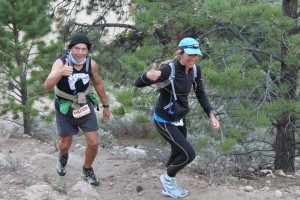
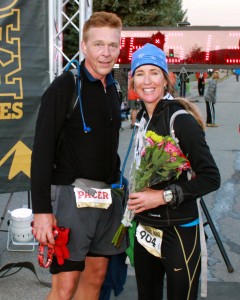
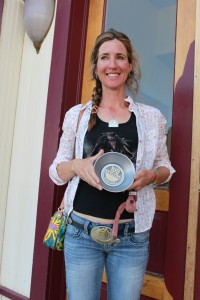
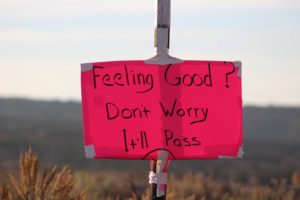
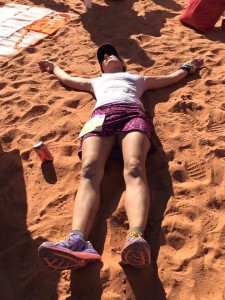

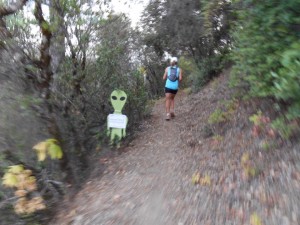


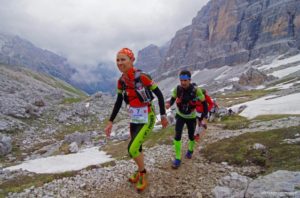
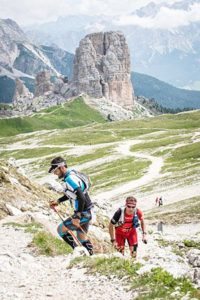
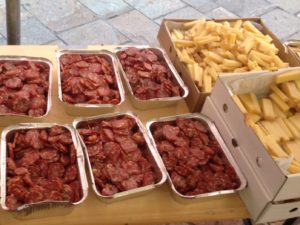

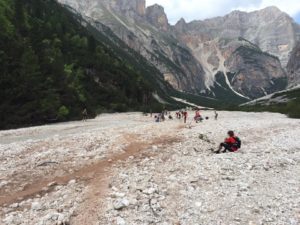
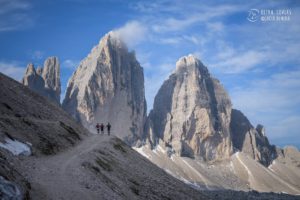
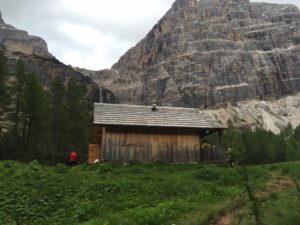
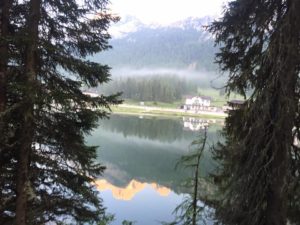
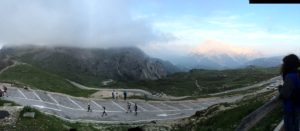
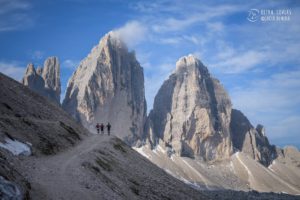
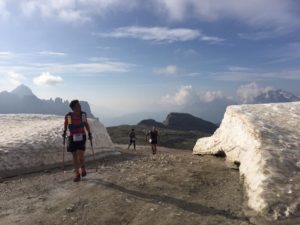
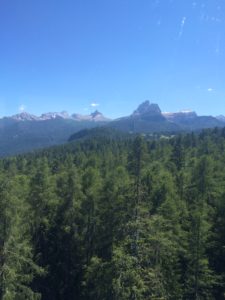


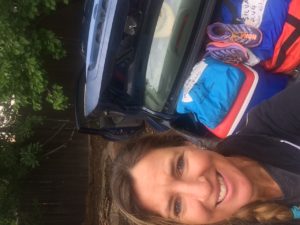
 I start near the back of the pack, but feel so good for the first few hours that I pass a bunch of people. But by mind-morning, we’re climbing a section of the PCT. The dry air keeps getting hotter. The shrubby vegetation offers no shelter from the brutal sun. I stuff my hat and sports bra with ice at every aid station, which helps for a couple of miles. The aid stations in this race are seven to nine miles apart, so the ice doesn’t last. I glance behind me and see a by now familiar woman named Gretchen in a cowboy hat gaining on me. I am not willing to give up my position in the field, wherever it may be, so I try to quicken my steps when my left calf muscle cramps mid-stride, in protest. I land in the dirt with a graceless thud, murmuring expletives and massaging my calf as Gretchen passes me, graciously offering to help me up. I wave her on as I struggle back into an upright position, swallow a couple of salt pills, and get going again.
I start near the back of the pack, but feel so good for the first few hours that I pass a bunch of people. But by mind-morning, we’re climbing a section of the PCT. The dry air keeps getting hotter. The shrubby vegetation offers no shelter from the brutal sun. I stuff my hat and sports bra with ice at every aid station, which helps for a couple of miles. The aid stations in this race are seven to nine miles apart, so the ice doesn’t last. I glance behind me and see a by now familiar woman named Gretchen in a cowboy hat gaining on me. I am not willing to give up my position in the field, wherever it may be, so I try to quicken my steps when my left calf muscle cramps mid-stride, in protest. I land in the dirt with a graceless thud, murmuring expletives and massaging my calf as Gretchen passes me, graciously offering to help me up. I wave her on as I struggle back into an upright position, swallow a couple of salt pills, and get going again.